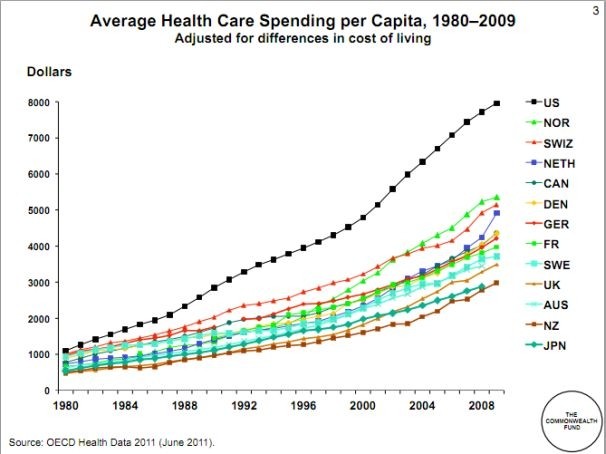I am still at the INFORMS Healthcare Conference in Rotterdam. Brian Denton gave a plenary talk entitled “Optimization for medicine: past, present, and future,” where he made the case for applying more optimization to healthcare problems. He started his talk by introducing the number of papers in PubMed that use operations research methodologies to healthcare problems, and he noted that optimization methodologies were the least used (but not the least valuable!)
Denton introduced several optimization problems from the 1960s that applied optimization to healthcare problems, including linear programming for optimization chemotherapy and nonlinear optimization for optimizing dialysis decisions (e.g., when to change the bath). One dared to solve a linear program with 72 variables! (To be fair, that was tough using 1968 computers). It’s always interesting to learn where operations research gained traction early on. I once learned that the The US Forest Service had been using linear programming models to plan long-range harvesting and tree rotations since the 1960s (see my post here).
Denton highlighted some current optimization applications in healthcare, including Timothy Chan’s work in inverse optimization, Sommer Gentry’s work on matching problems for optimizing kidney exchanges, and his own work on Markov decision processes (MDPs) for optimizing treatment policies for type II diabetes. Denton discussed the importance of personalized medicine, since physicians may adopt many different treatment protocols to treat their patients without nearly enough guidance. “No one can ever agree what to do in medicine,” Denton told us and noted that despite so much disagreement among physicians about treatment options, we end up with non-personalized, one-size-fits-all treatment recommendations. He has been using robust MDPs to identify personalized type II diabetes treatment protocols in an adversarial setting, where the adversary chooses the transition probabilities in an uncertainty set subject to a budget.
Denton ended his talk with several opportunities for research, including how to make inter-related sequential decisions over time. Some research has been done in this area, but much of the research assumes that we know what will happen downstream, which is used to inform decisions we need to make now. He also argued that medical devices provides many challenging opportunities for optimal control problems for delivering dosage, such as an artificial pancreas that delivers insulin. And finally, he mentioned that most research considers a single disease and medical specialty. The next challenge is optimizing across multiple medical “silos” and multiple types of medical specialties, with perhaps a fixed “budget.”
The INFORMS Healthcare conference was really great and was filled with high quality talks. It was a nice mixture of theory and application, with plenty of discussion about how healthcare systems work in international settings.
Related post:
I’m ending my post with a couple of pictures from Rotterdam




